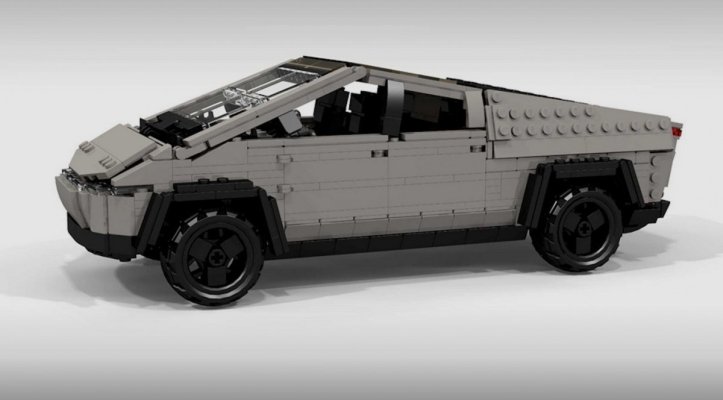For the three motor truck to have 500 miles of range, it must have at least a 200kWh battery in it, maybe 250kWh.
Those of you who have installed a backup generator for your house have wasted $15,000 or so. A 250kWh cybertruck would power your house for days with no noise or maintenance.
Being a geezer before my time, keep talking about so many seconds from 0 to 60 mph, then my eyes will glaze over.
But talk about how many kWh is in the battery, and I will delay my nap time to learn some more.

Is it possible to buy the largest battery option without the darn tri-motor option? The idea of having a big battery on wheels intrigues me.
Hey, I just came up with a new term, and you hear it here first. We have had self-propelled howitzers for a long time, now it's time for a "Self-Propelled Battery". I will call it SPB for short.
What can people do with 200 or 250-kWh SPB? You can have a whole-house UPS of course. That is certainly relevant for Californians in PSPS zones ("Public Safety Power Shutoff" as PG&E calls it).
But, but, but when the SPB is powering your home, how do you get around? Easily solved with a 2nd car, and I would make it an ICE car for diversification. Yes, diversification is a safe thing to do, outside of investment activities too.
PS. I wonder about the capacity of the built-in inverter. Maybe it's at least 5 kW, in order to run tools. That's not enough to run an entire house, but larger than many emergency generators.
However, I am sure that Tesla will be recording the usage of the battery, in order to honor the warranty. Li-Ion batteries have a limited number of charge/discharge cycles, and they cannot allow the users to abuse it.










